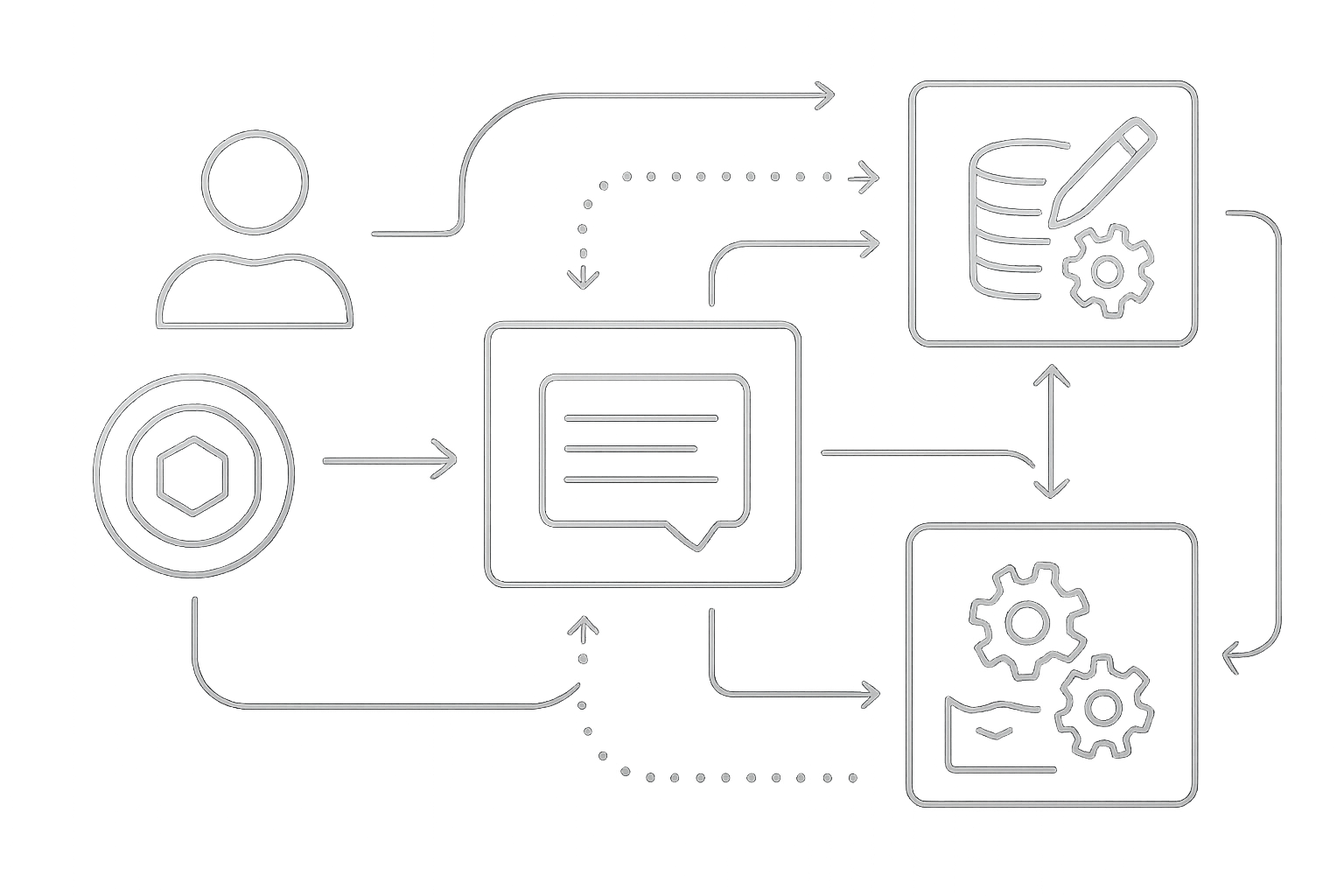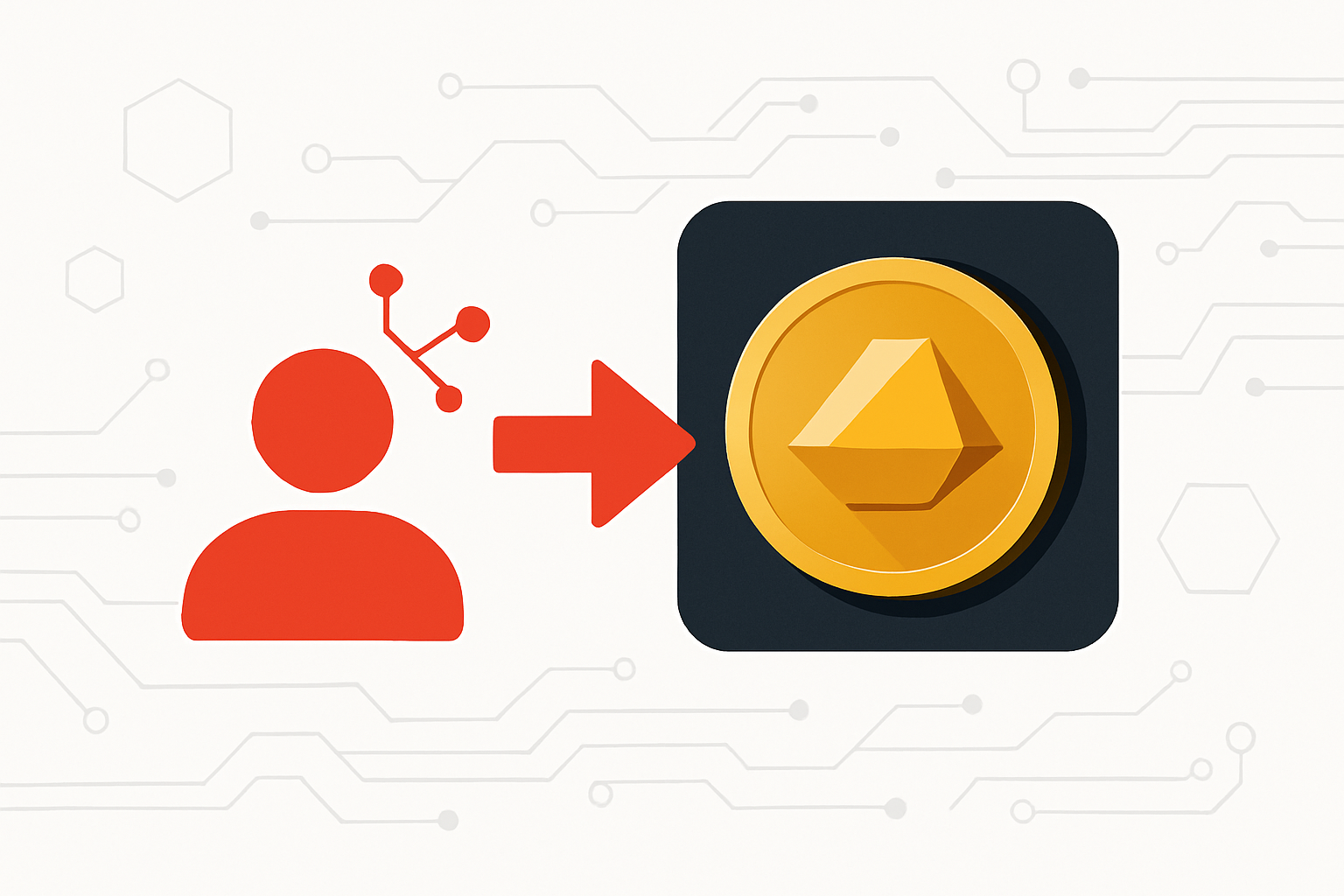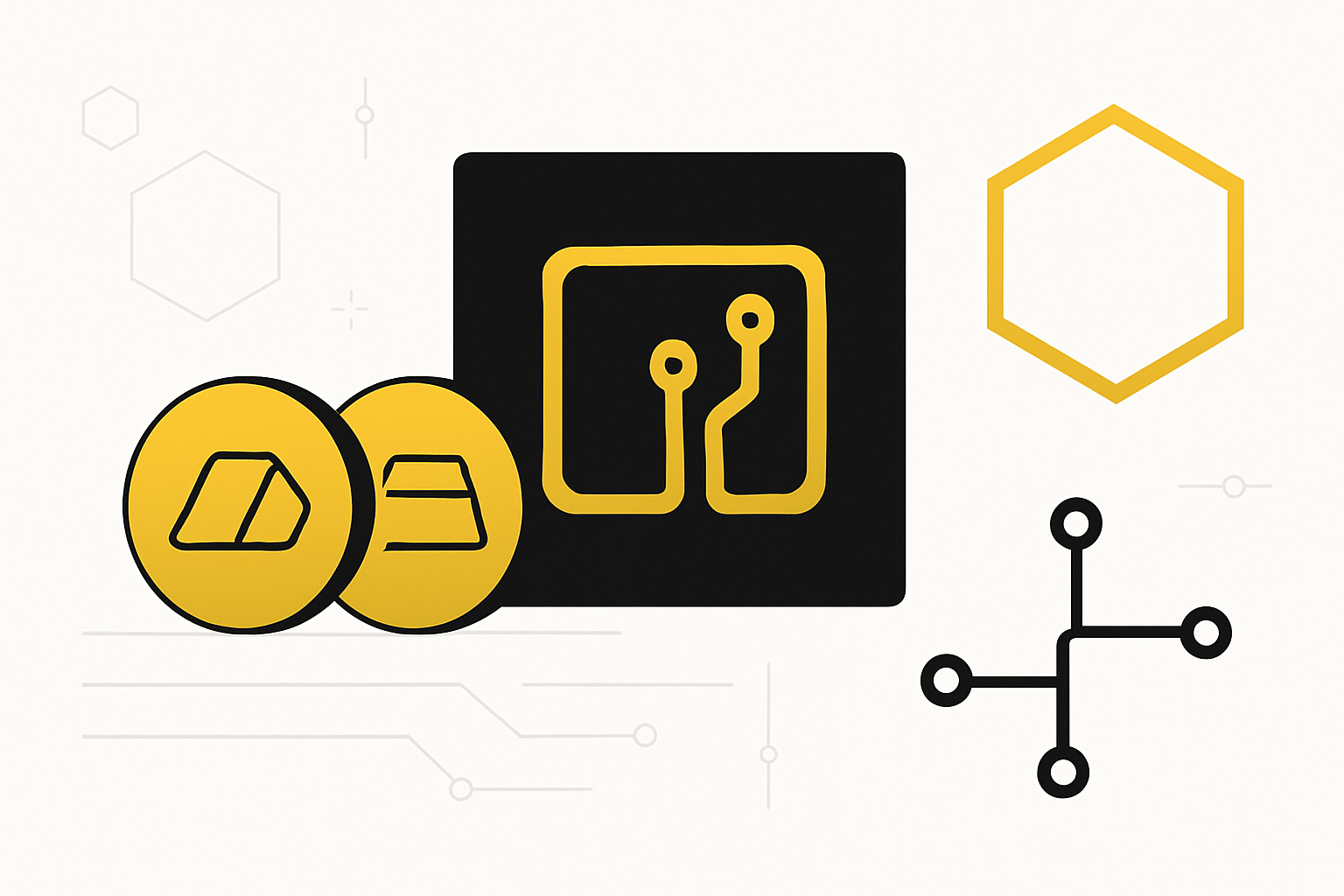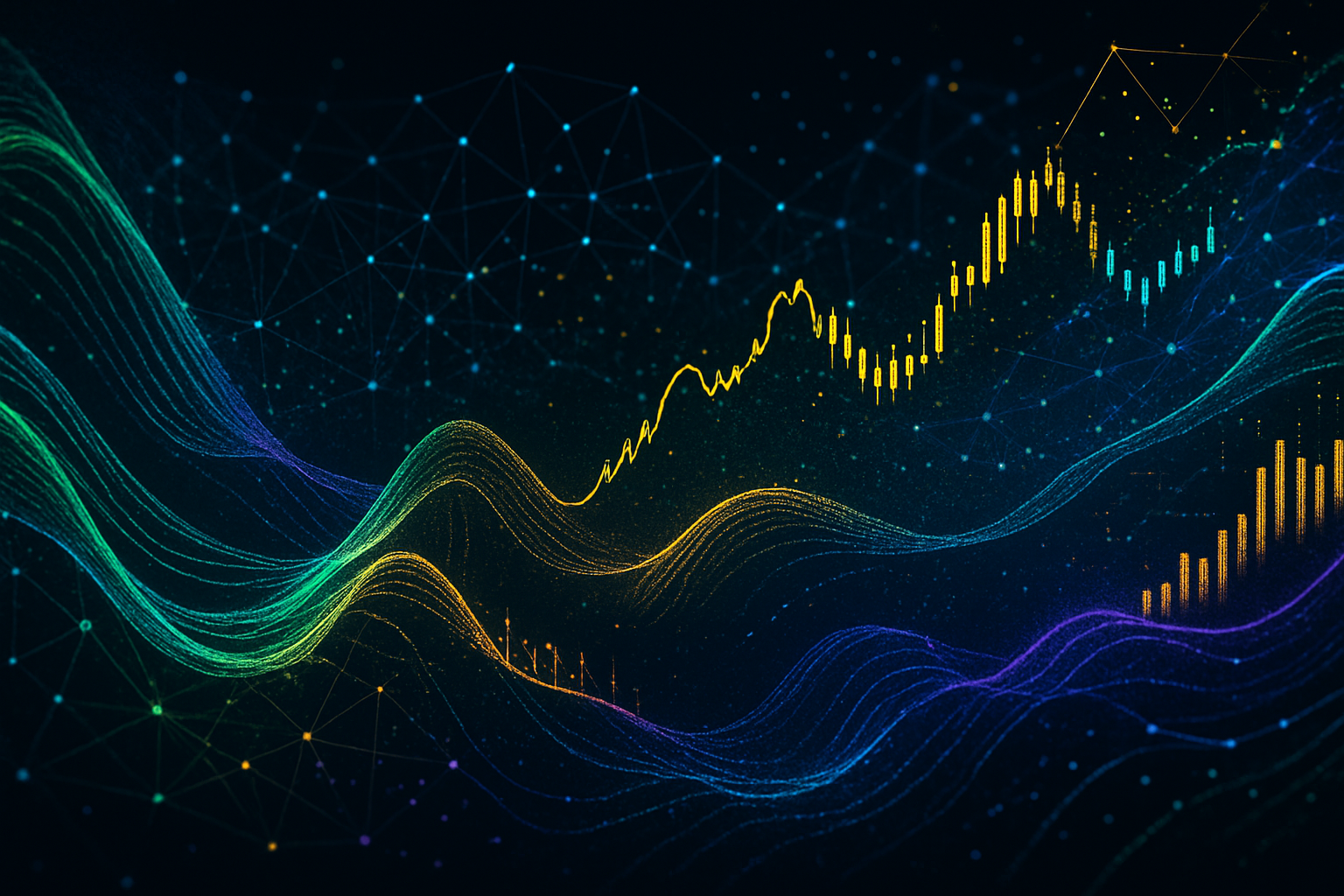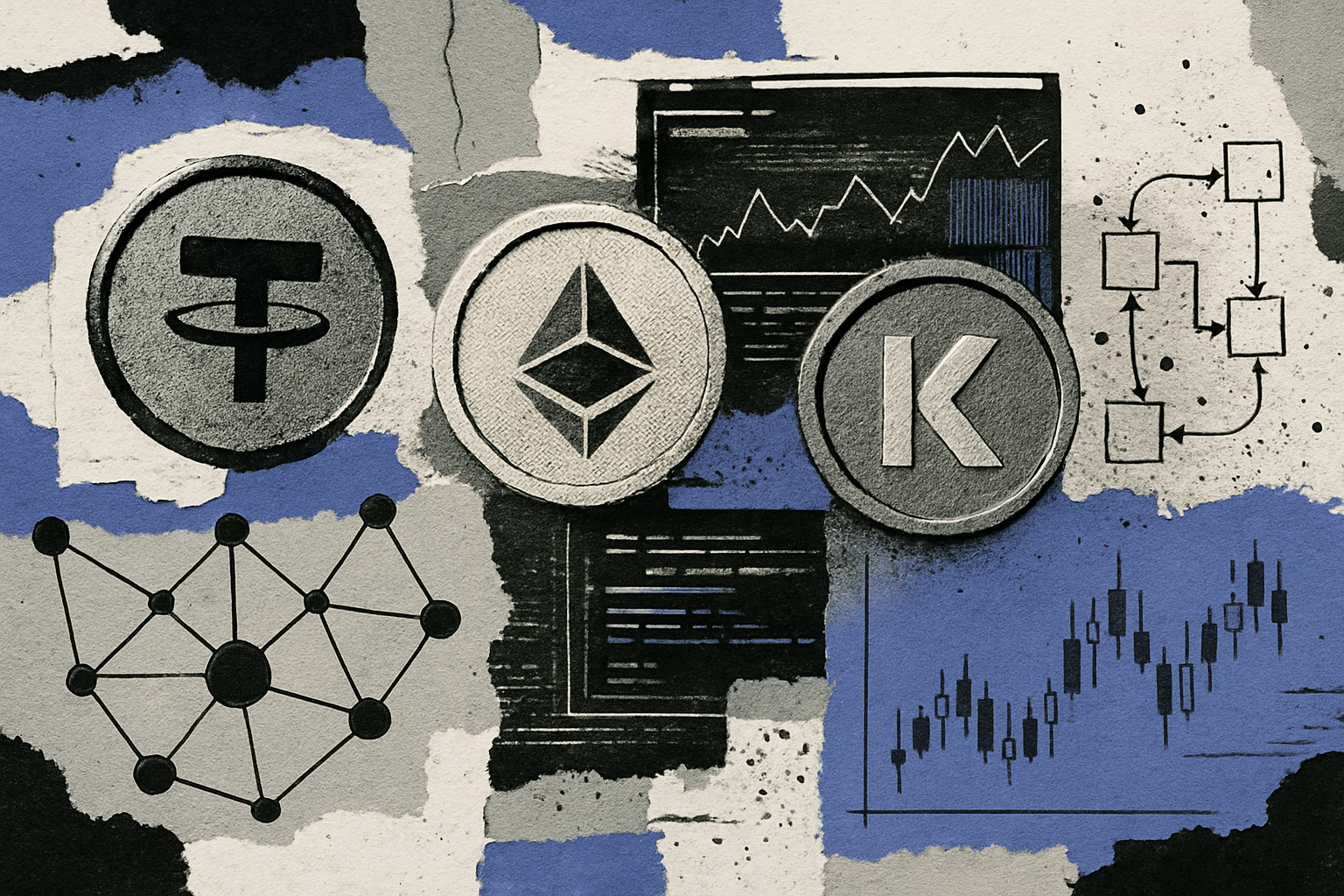How Tokenized Gold is Transforming DeFi: Real Yield, On-Chain Liquidity & Institutional Adoption (2025 Edition)
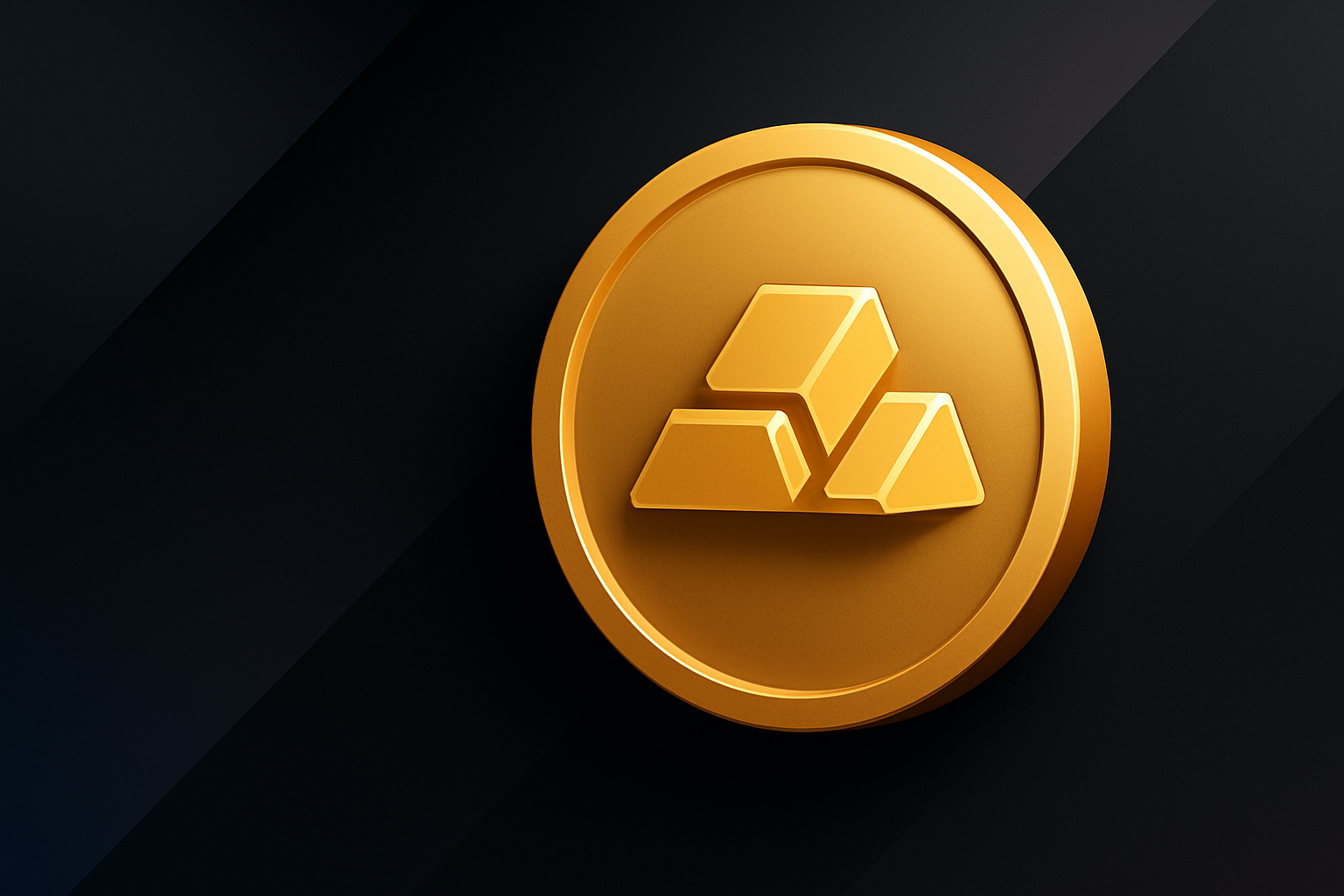
Tokenized gold is at the forefront of the decentralized finance (DeFi) revolution in 2025, bringing a centuries-old store of value onto programmable, borderless rails. With PAX Gold (PAXG) trading at $3,893.68 and tokenized gold’s total market capitalization nearing $3 billion, the convergence of blockchain and bullion is more than a passing trend, it’s a structural shift. The surge in spot gold above $3,800 has accelerated on-chain activity, with Tether’s XAUT and Paxos’ PAXG posting record monthly trading volumes as investors seek both digital access and physical backing.
Tokenized Gold in 2025: Real Yield in DeFi
Historically, gold offered safety but no yield. Tokenization flips this paradigm by unlocking new income streams for holders willing to embrace DeFi protocols. Through platforms like Uniswap and Aave, investors can supply PAXG or XAUT as liquidity or collateral, earning trading fees or borrowing power while retaining exposure to physical gold. This is not theoretical; liquidity pools such as PAXG/USDC have seen surging TVL (total value locked) as users chase passive income tied to one of humanity’s oldest safe havens.
The mechanics are straightforward: deposit tokenized gold into a DeFi pool, facilitate trades or loans, and earn a share of protocol rewards. For example, providing PAXG liquidity on Uniswap enables holders to capture a portion of every swap fee, transforming static bullion into an active yield generator. Meanwhile, lending platforms let users post tokenized gold as collateral to borrow stablecoins or other assets without triggering taxable events from outright sales (Matrixdock analysis). This flexibility is particularly attractive amid macroeconomic volatility and rising interest rates.
On-Chain Liquidity: Programmable Gold Goes Borderless
The integration of tokenized gold into leading DeFi protocols has created deep on-chain liquidity that rivals mid-tier ETFs. Trading volumes for PAXG and XAUT topped $3.2 billion in recent months (CoinCentral report), while new supply issuance continues apace, XAUT minted $437 million worth in August alone (CoinGeek coverage). Decentralized exchanges like Momentum now support seamless swaps between tokenized gold and stablecoins or major cryptocurrencies, providing global access 24/7.
This borderless liquidity is further enhanced by cross-chain interoperability solutions such as Chainlink CCIP and LayerZero, allowing tokenized gold assets to move frictionlessly across multiple blockchains (OKX analysis). The result: investors enjoy instant settlement, transparent ownership attestation via KPMG-audited reports for PAXG ($1.15B market cap as of August), and programmability that enables complex financial strategies not possible with traditional physical bullion.
PAX Gold (PAXG) Price Prediction 2026-2031
Professional Outlook Based on Tokenized Gold Adoption, DeFi Integration, and Institutional Demand
| Year | Minimum Price | Average Price | Maximum Price | % Change (Avg, YoY) | Market Scenario Insights |
|---|---|---|---|---|---|
| 2026 | $3,850 | $4,050 | $4,350 | +4% | Gold prices stabilize post-2025 rally; steady DeFi adoption supports PAXG above spot gold levels. |
| 2027 | $3,900 | $4,250 | $4,600 | +5% | Continued institutional inflows and DeFi utility offset potential macro headwinds; possible regulatory scrutiny emerges. |
| 2028 | $4,000 | $4,500 | $4,950 | +6% | Tokenized gold market surpasses $4B; increased cross-chain liquidity and new DeFi use cases drive growth. |
| 2029 | $4,100 | $4,800 | $5,400 | +7% | Bullish scenario: Further gold appreciation and tokenized asset acceptance in TradFi. Bearish: Regulatory tightening slows DeFi expansion. |
| 2030 | $4,200 | $5,050 | $5,800 | +5% | Tokenized gold seen as strategic hedge in volatile macro environment; competition from new tokenized commodities rises. |
| 2031 | $4,300 | $5,250 | $6,200 | +4% | Mature tokenized gold market with deep liquidity; PAXG tracks gold’s long-term appreciation, premium for programmability. |
Price Prediction Summary
PAX Gold (PAXG) is expected to see steady, moderate price appreciation from 2026 to 2031, closely tracking spot gold while gaining a premium from DeFi integration, on-chain liquidity, and institutional adoption. While minimum prices reflect gold’s stability, maximum scenarios account for bullish gold cycles, further DeFi adoption, and increased institutional participation. Regulatory developments and competition from new tokenized assets remain key risks.
Key Factors Affecting PAX Gold Price
- Spot gold price trends and global macroeconomic conditions
- Growth in DeFi protocols and real yield opportunities for PAXG holders
- Institutional adoption and integration with traditional finance
- Regulatory clarity and potential restrictions on tokenized assets
- Technological improvements (cross-chain interoperability, programmability)
- Competition from other tokenized commodities and synthetic assets
Disclaimer: Cryptocurrency price predictions are speculative and based on current market analysis.
Actual prices may vary significantly due to market volatility, regulatory changes, and other factors.
Always do your own research before making investment decisions.
Institutional Adoption Accelerates Amid Macro Uncertainty
The narrative around institutional adoption has shifted from curiosity to action. By September 2025, over 30% of surveyed institutional investors were actively using tokenized gold in DeFi lending platforms (AInvest report). This cohort leverages programmable features, such as automated rebalancing or real-time auditability, to generate yield while maintaining exposure to a stable asset during periods of inflationary pressure.
The growth is not just anecdotal: market-wide trading volumes soared past $19 billion YTD for tokenized gold products, outpacing several established ETFs and signaling that blockchain-based solutions are becoming credible alternatives for portfolio hedging. As regulatory clarity improves and custodial standards rise, with both XAUT and PAXG offering verifiable redemption mechanisms, the barriers between traditional finance and decentralized ecosystems continue to erode.
Tokenized gold’s momentum in 2025 is not solely a function of price appreciation, it’s the result of a deeper structural realignment in how investors approach gold as an asset. With PAX Gold (PAXG) precisely priced at $3,893.68, and XAUT supply expanding to meet demand, the market is responding to a global appetite for borderless, liquid, and programmable alternatives to legacy gold products.

Comparing PAXG vs XAUT: The Battle for Digital Gold Dominance
For investors weighing exposure, the competition between PAXG and XAUT has never been more relevant. Both tokens offer 1: 1 backing by physical bullion stored in secure vaults, but subtle differences are shaping institutional preference:
PAXG vs XAUT: Key Features for DeFi Investors (2025)
-

Regulatory Attestation & Transparency: PAX Gold (PAXG) is issued by Paxos Trust Company, a New York-regulated trust, with monthly KPMG-audited attestations confirming full gold backing. Tether Gold (XAUT) is issued by Tether, with attestations but less frequent third-party audits, making PAXG generally favored by institutional and compliance-focused DeFi users.
-
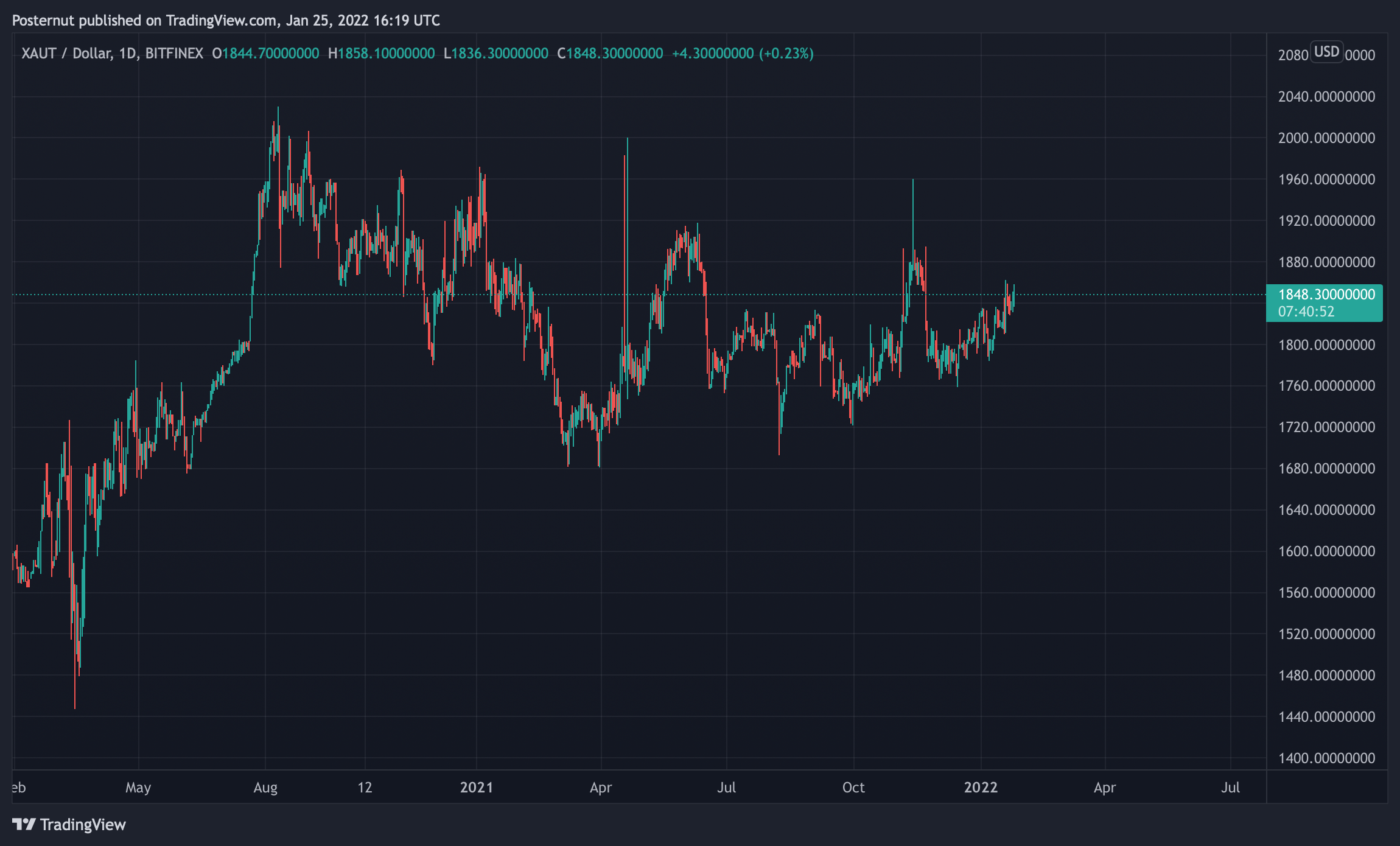
On-Chain Liquidity & Trading Volume: XAUT leads in on-chain liquidity and trading volume, with record monthly volumes as gold surged above $3,800. PAXG also boasts deep liquidity, especially on Ethereum-based DEXs like Uniswap, but XAUT’s cross-chain presence and larger supply enhance its dominance in DeFi trading pools.
-

Asset Redemption & Physical Delivery: PAXG allows holders to redeem tokens for LBMA-accredited London Good Delivery gold bars directly via Paxos. XAUT also offers physical redemption, but with higher minimums and a more complex process, making PAXG more accessible for smaller DeFi investors seeking physical settlement.
-

Supported Blockchains & Interoperability: XAUT is available on Ethereum and TRON, and is increasingly integrated with cross-chain protocols like Chainlink CCIP and LayerZero. PAXG is primarily on Ethereum, with growing but comparatively fewer cross-chain integrations, giving XAUT a broader reach for multi-chain DeFi strategies.
-
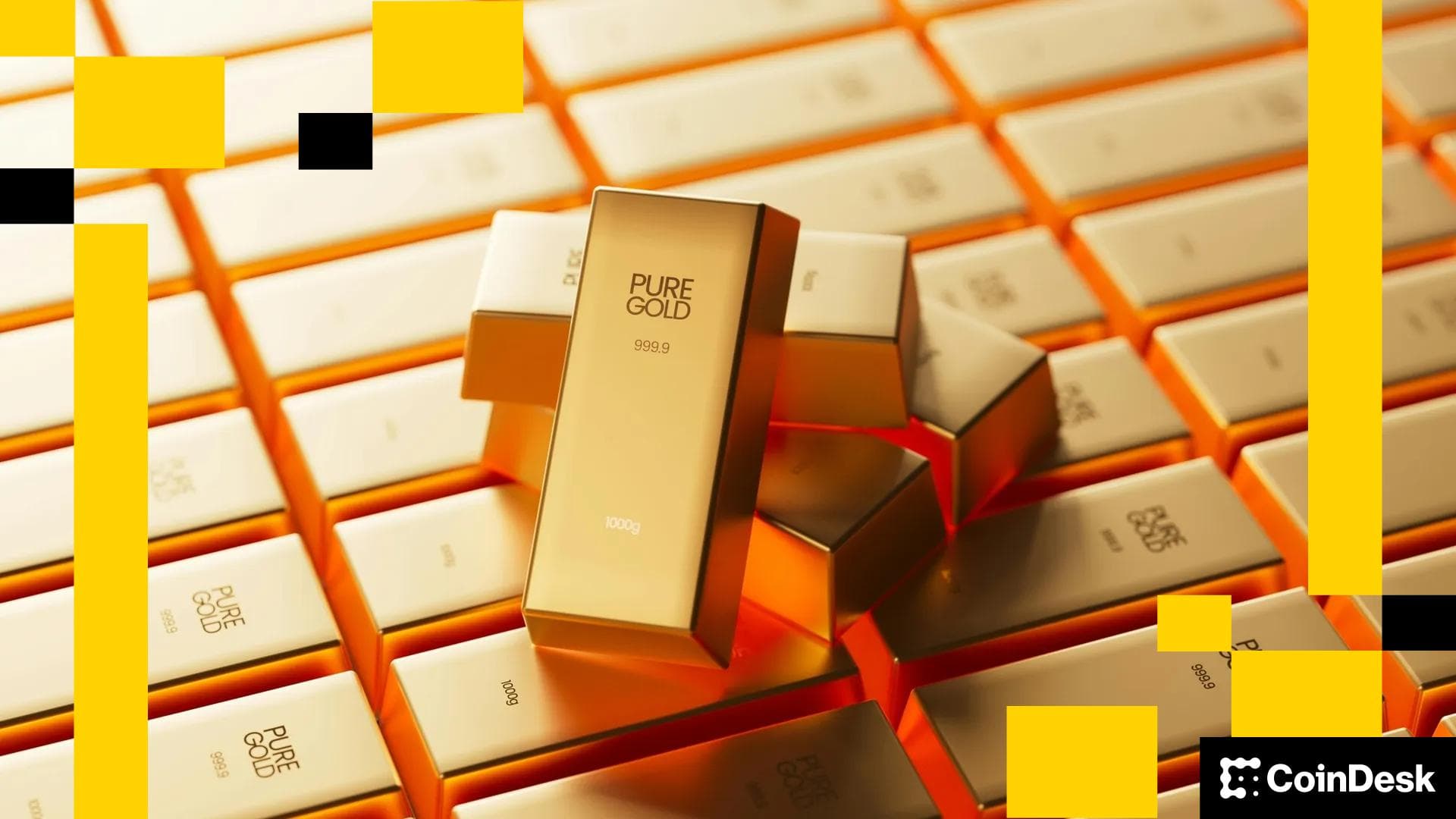
Institutional Adoption & Market Share: XAUT is the most widely adopted tokenized gold asset by institutions, with over $437 million in new supply minted in August 2025 and a leading share of the $2.9 billion tokenized gold market. PAXG remains popular among quality-conscious and regulatory-focused investors, with a market capitalization of $1.15 billion as of August 2025.
PAXG is lauded for its regular KPMG-audited attestations and direct redeemability for allocated London Good Delivery bars, features that resonate with compliance-driven institutions. XAUT, meanwhile, boasts higher circulating supply and broader cross-chain compatibility, making it a favorite among DeFi-native users seeking frictionless movement across protocols. The choice increasingly hinges on whether one prioritizes auditability or maximum liquidity.
Programmable Gold Assets: Unlocking New Use Cases
The programmability of tokenized gold is catalyzing innovation far beyond simple trading or storage. Smart contracts enable automated rebalancing strategies, on-chain proof-of-reserves audits, and even real-time risk management tools. This evolution is empowering both retail and institutional players to tailor gold exposure to their specific risk appetites, something unimaginable with traditional bullion or ETFs.
For example, institutional treasuries can now deploy PAXG as DeFi collateral while simultaneously automating yield harvesting strategies through integrated protocols, a dynamic blend of capital efficiency and risk mitigation. These programmable features are especially valuable during periods of macroeconomic stress when agility and transparency are paramount.
Risks and Hurdles: What Could Slow Tokenized Gold’s Ascent?
No asset transformation comes without challenges. While tokenized gold offers verifiable ownership and instant settlement, market depth still lags global spot volumes by an order of magnitude (CoinCentral analysis). Liquidity fragmentation across blockchains can also create pricing inefficiencies during periods of extreme volatility.
Regulatory uncertainty remains a wildcard, especially as national authorities scrutinize both stablecoins and commodity-backed tokens. Custodial transparency must remain robust to maintain trust; any lapse could undermine confidence in the entire sector. Finally, as adoption grows among institutional allocators, further integration with existing financial infrastructure will be necessary to unlock the next wave of capital inflows.
The Road Ahead: Borderless Gold Trading at $3,893.68 Sets New Standard
The trajectory for tokenized gold looks robust heading into 2026. As both PAXG and XAUT maintain their positions above $3,893 per ounce, and as programmable features mature, the sector is poised to capture an even larger share of the global gold investment pie.
This new era isn’t just about digitizing bullion; it’s about empowering investors with tools for yield generation, collateralization, and seamless cross-border trading, all underpinned by transparent blockchain infrastructure. For those seeking resilient portfolio diversification in an age of macroeconomic uncertainty, tokenized gold stands out as a pragmatic bridge between centuries-old value and tomorrow’s financial rails.

